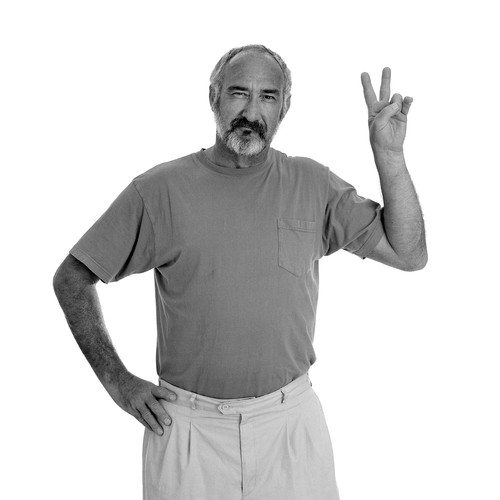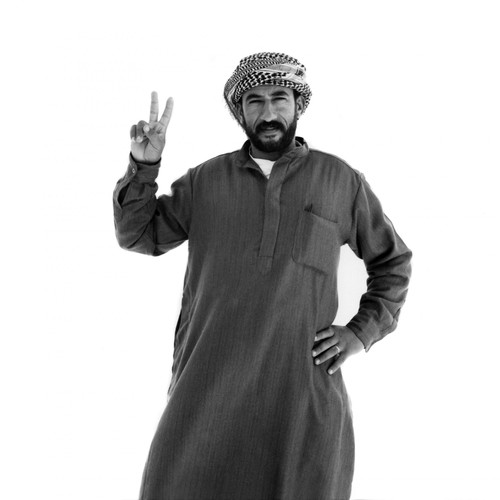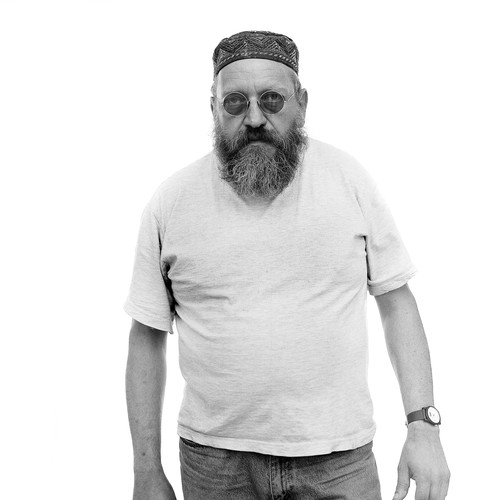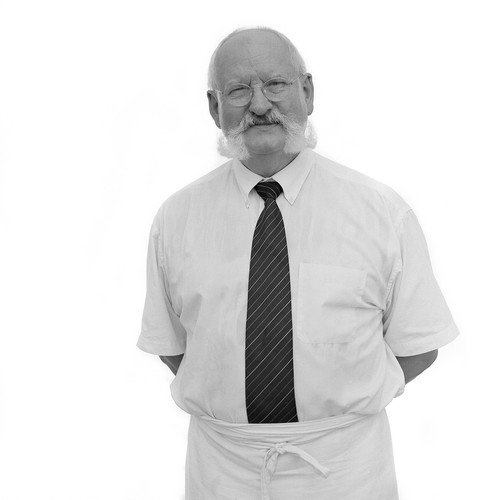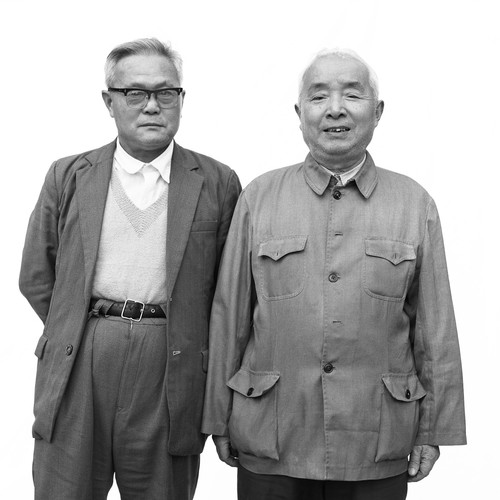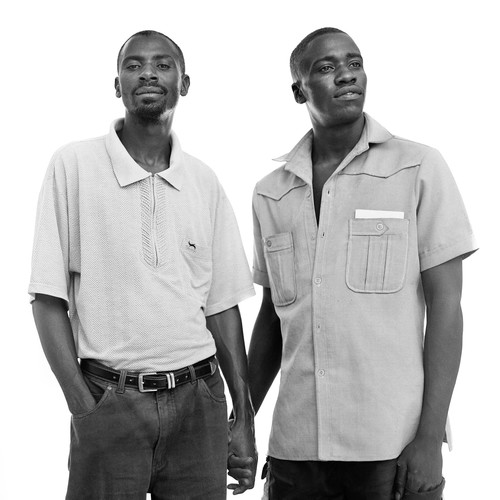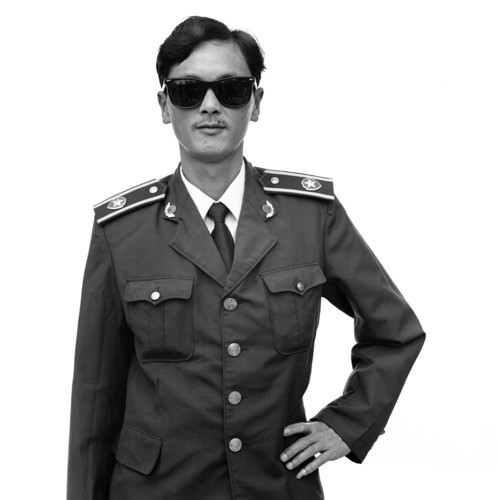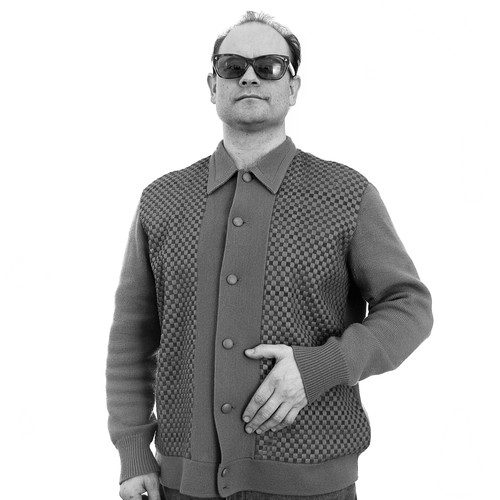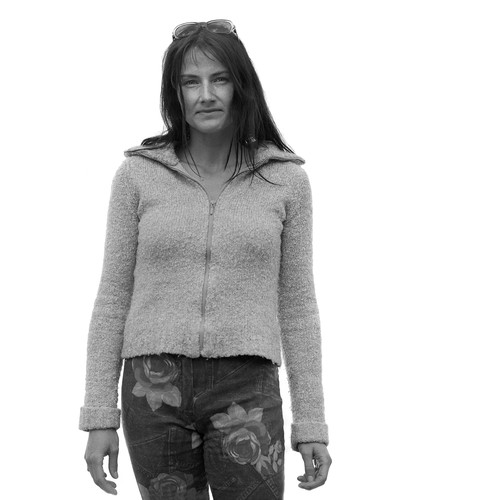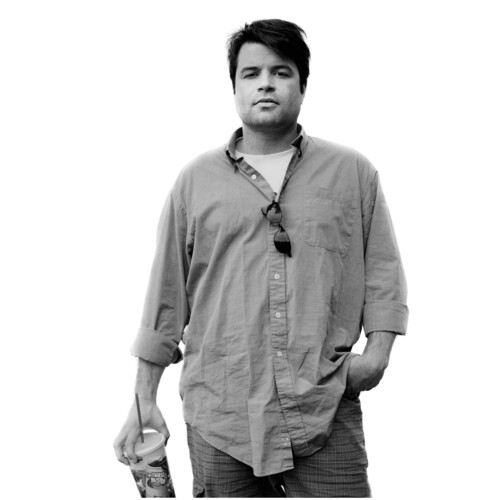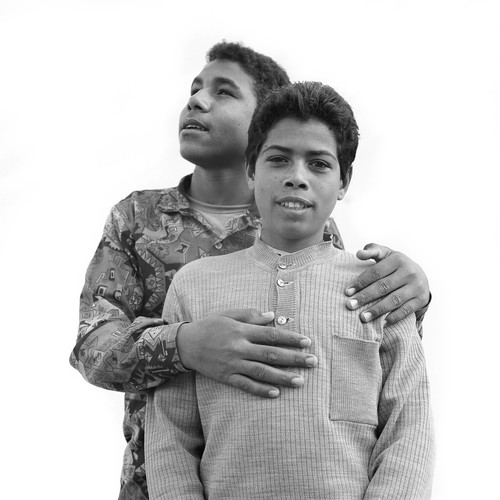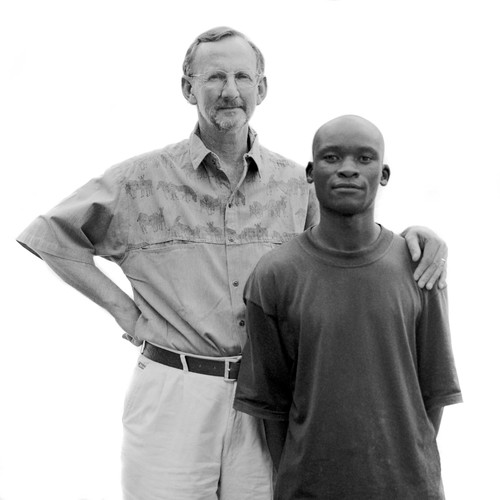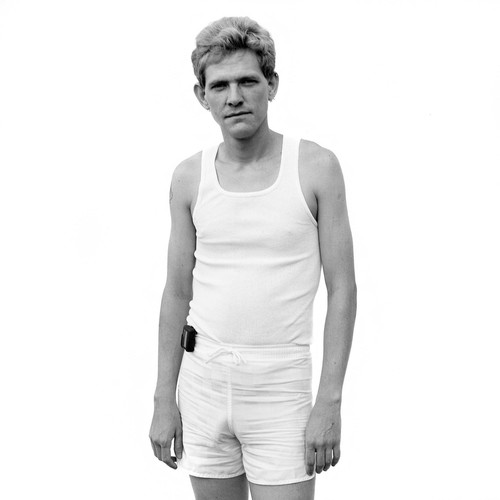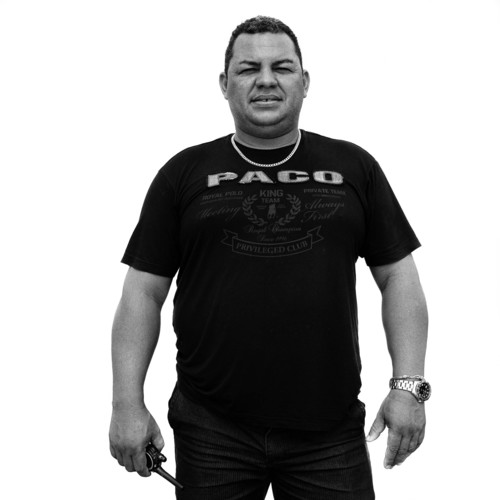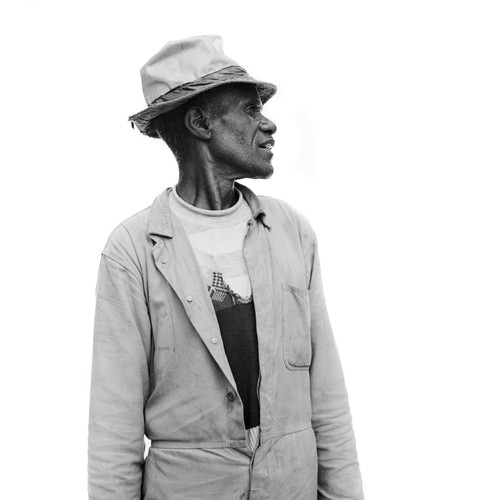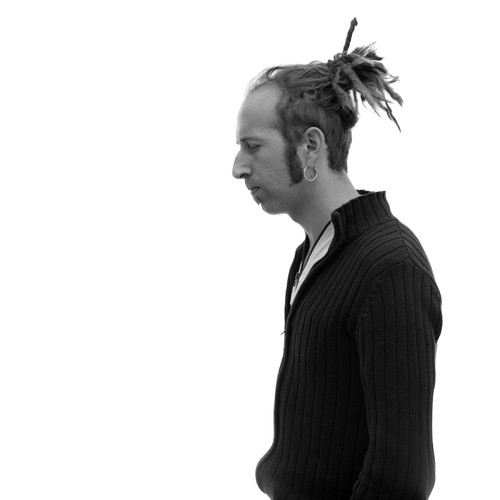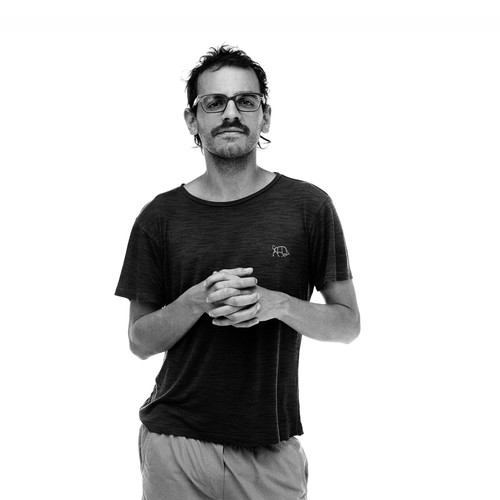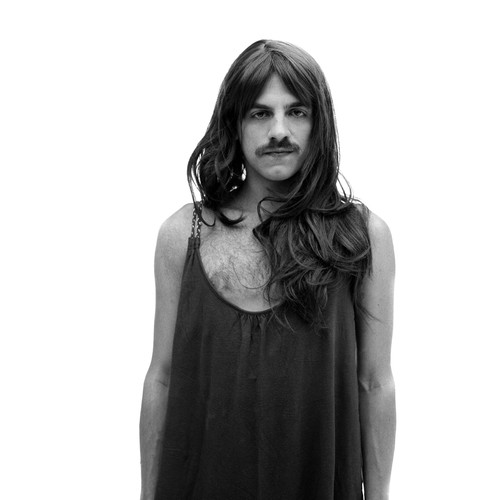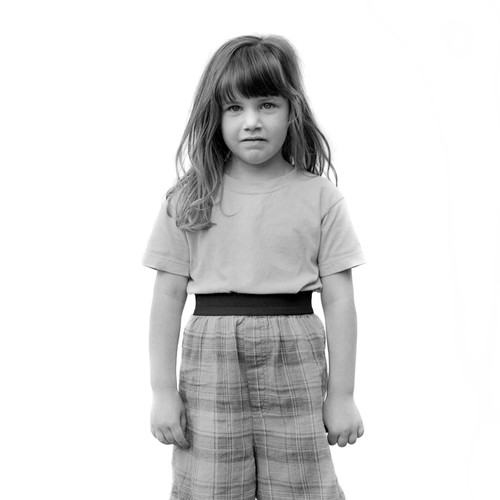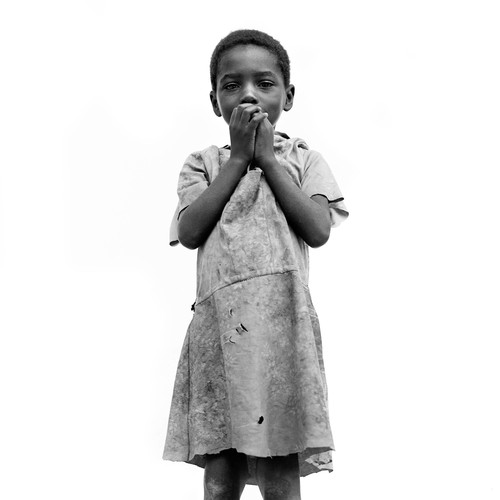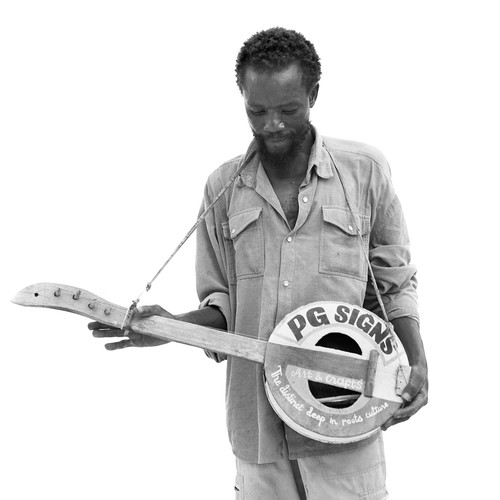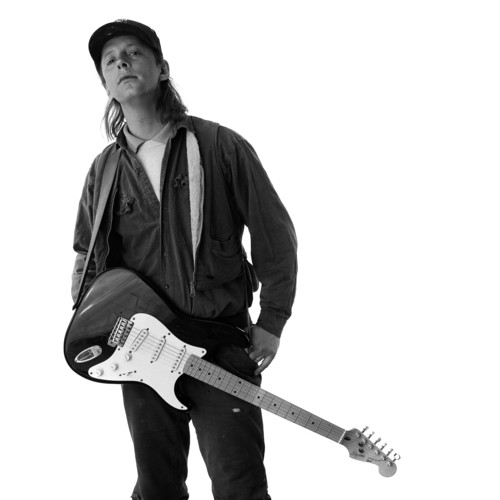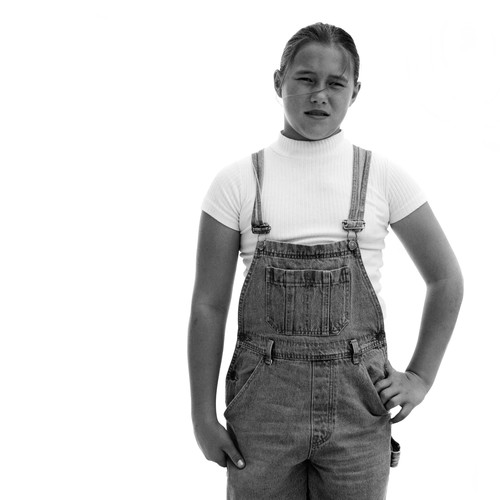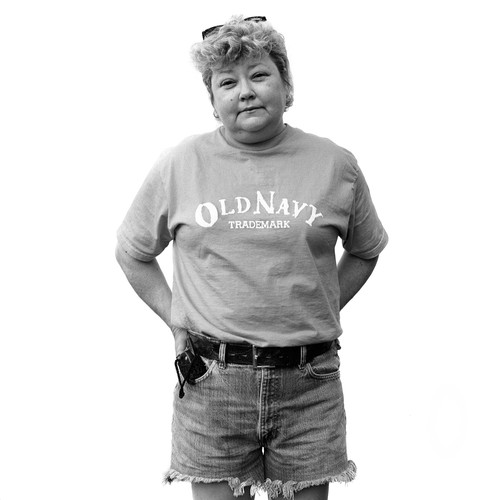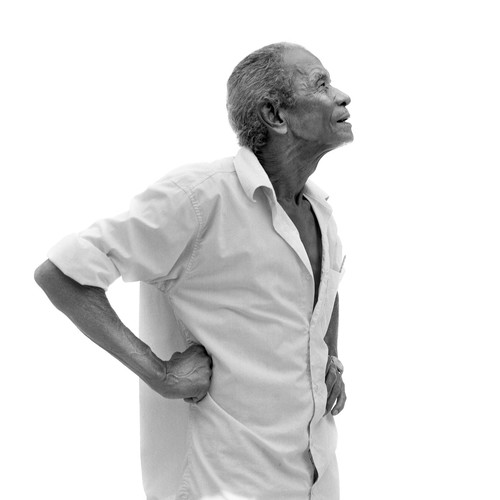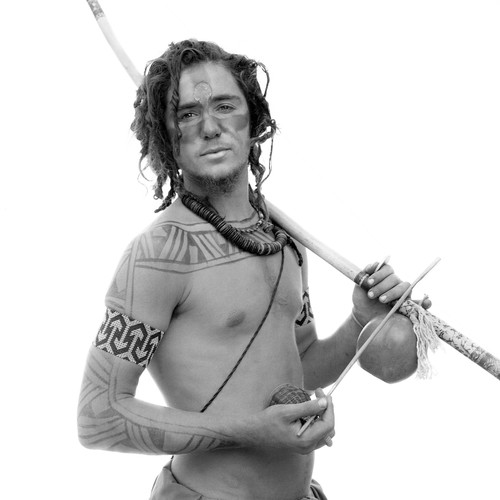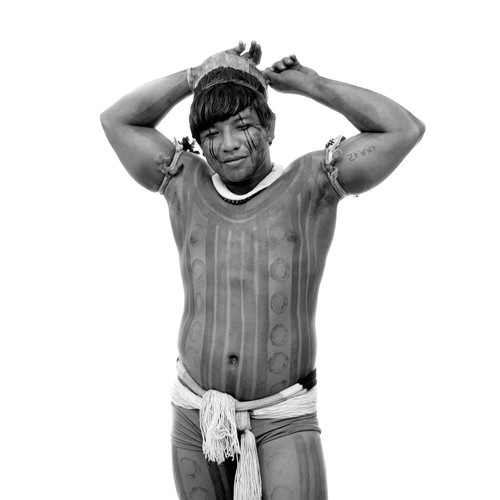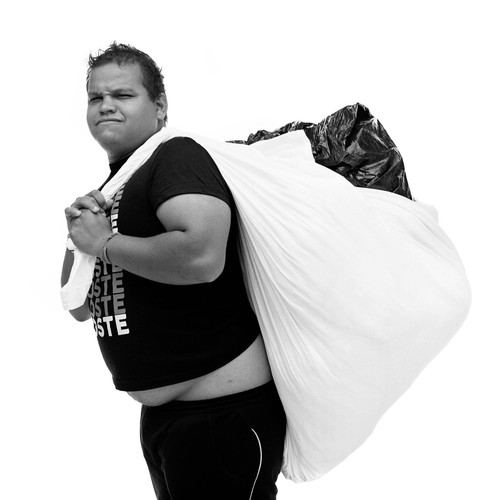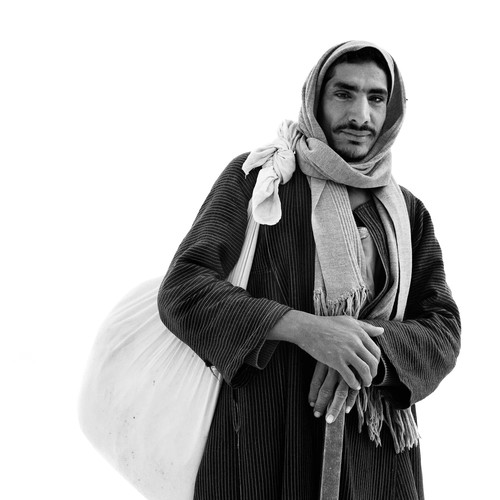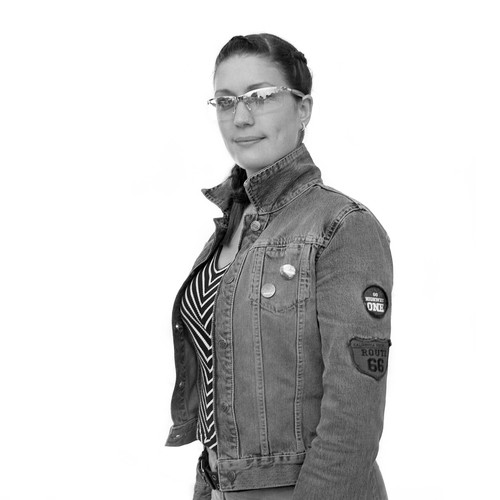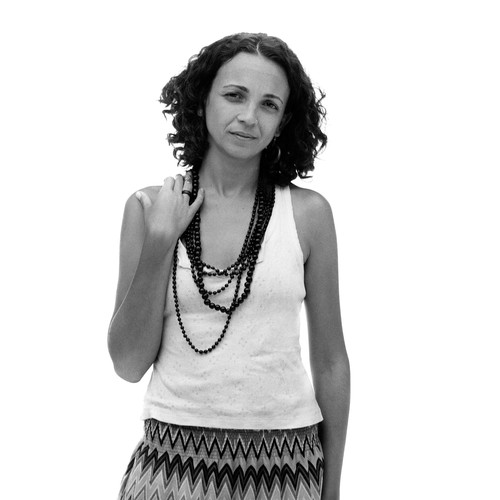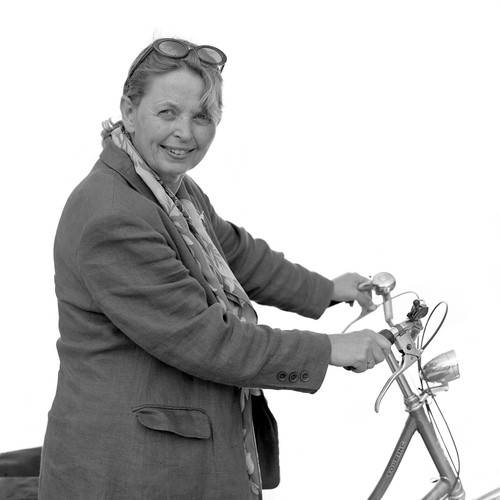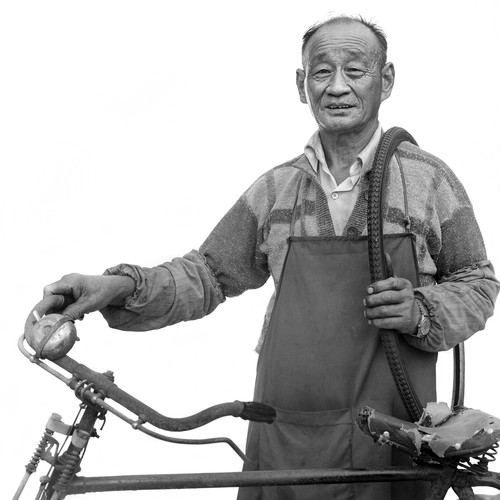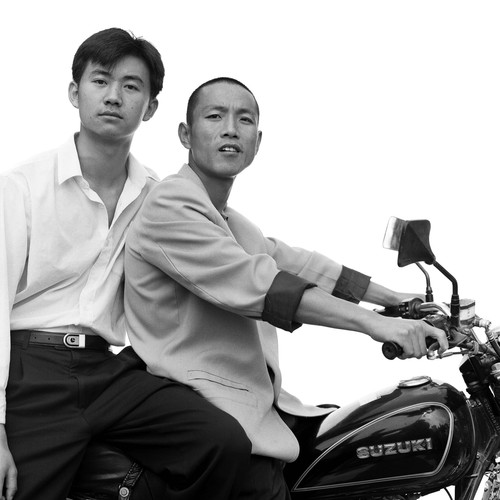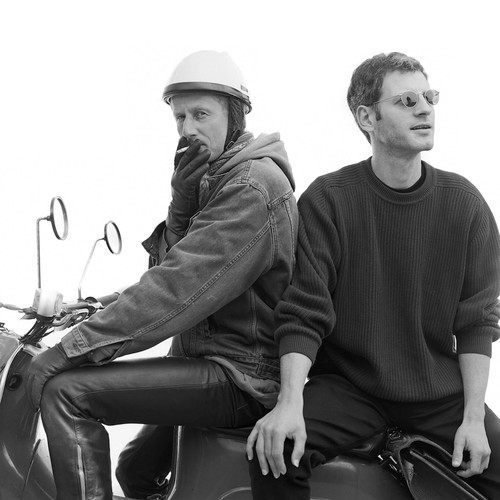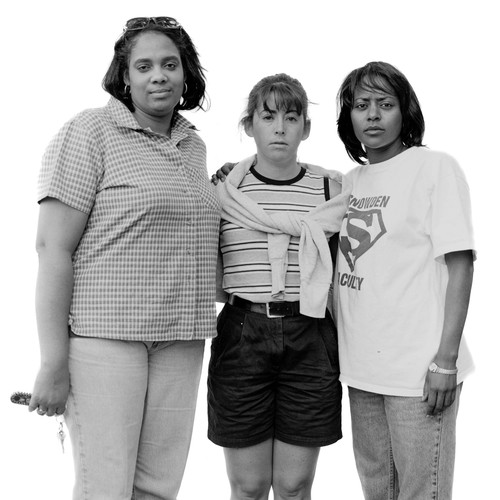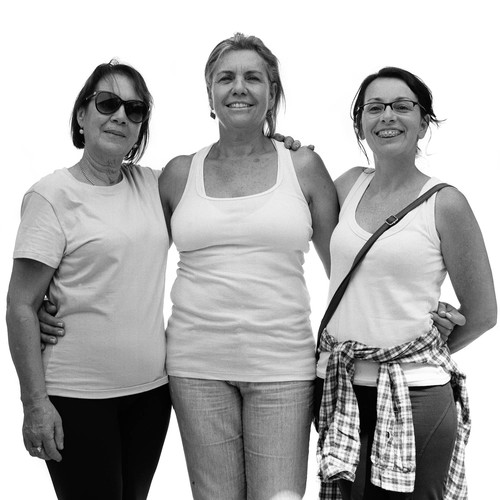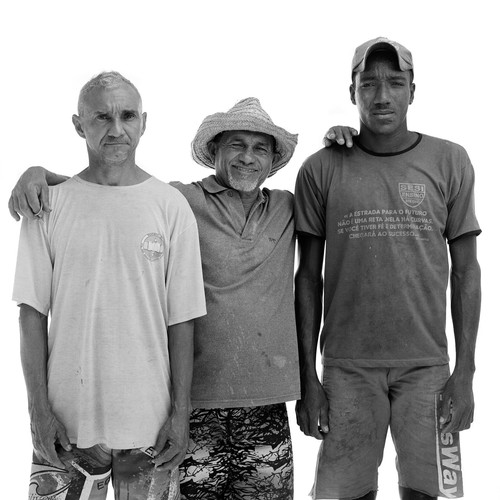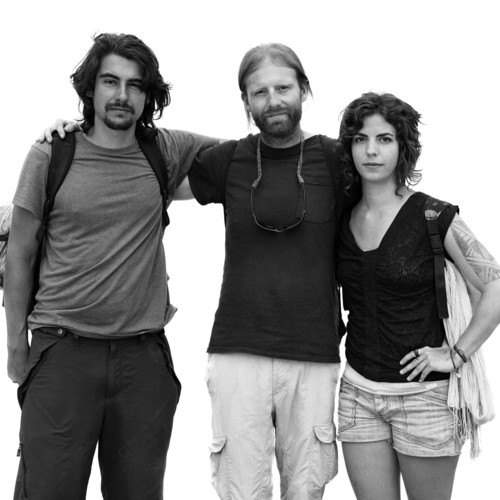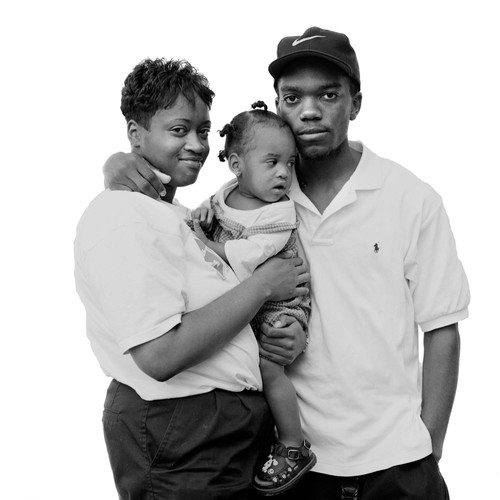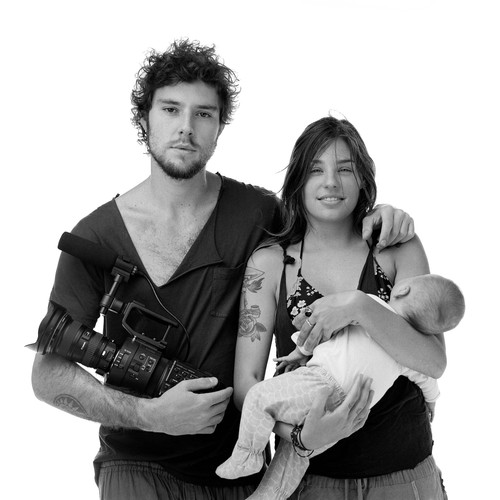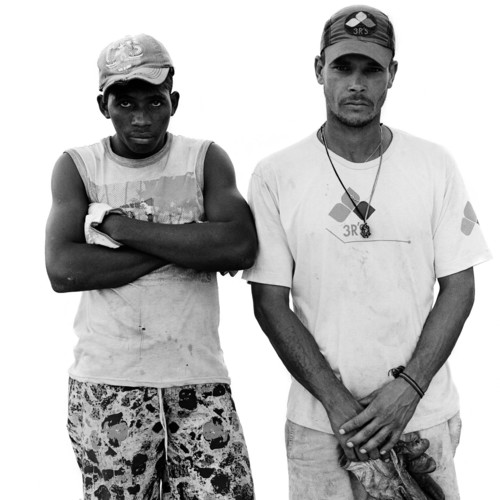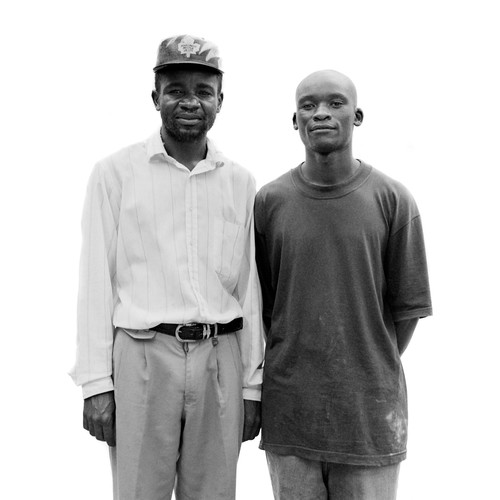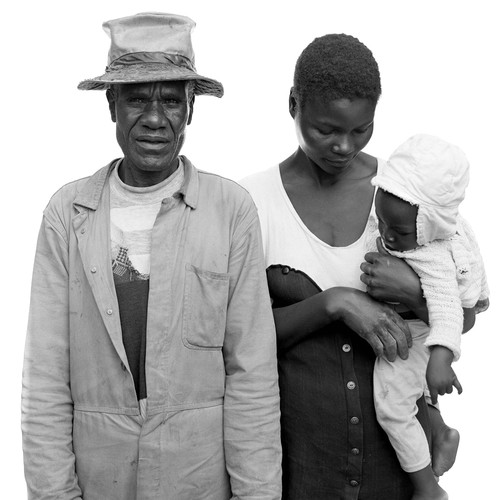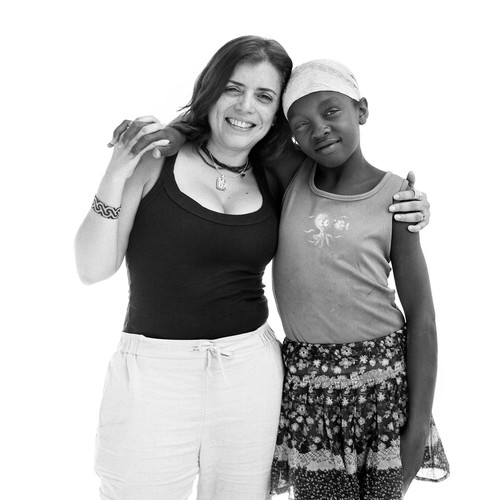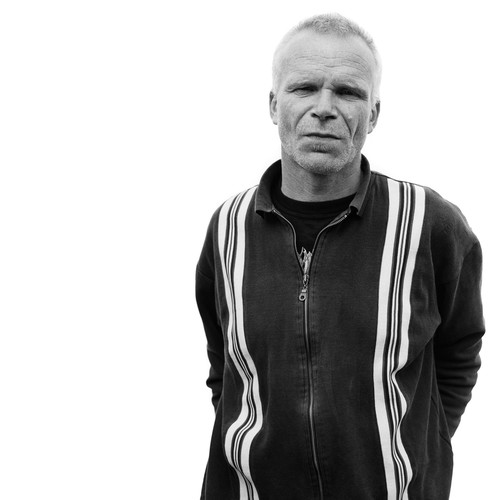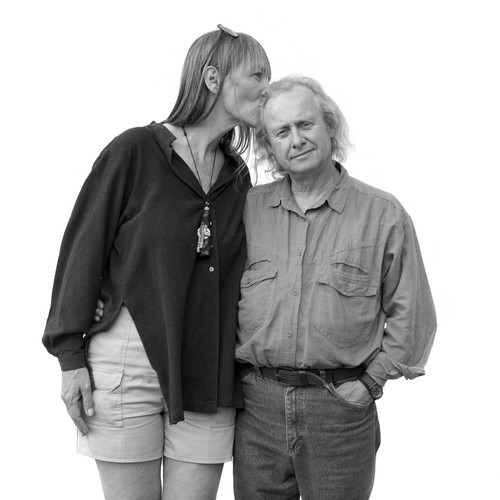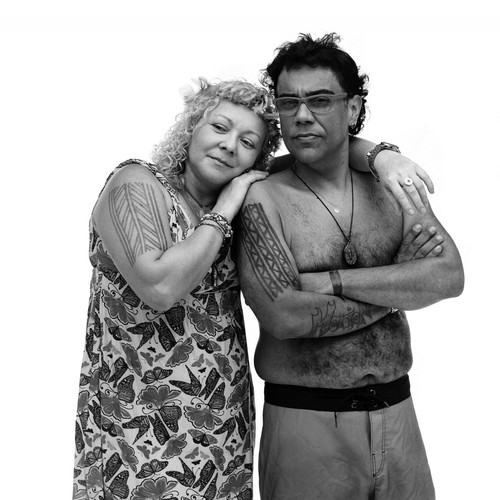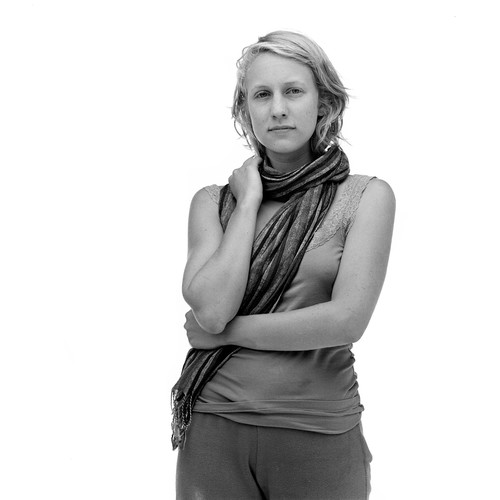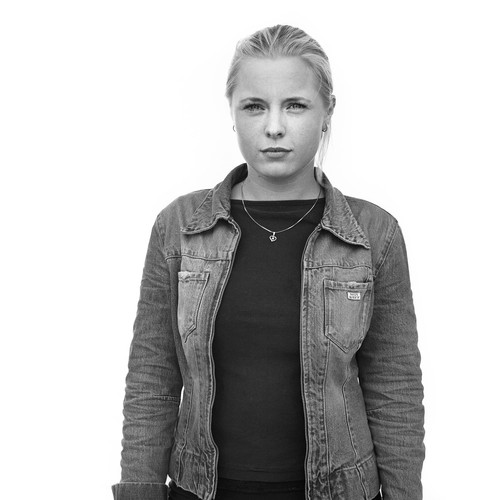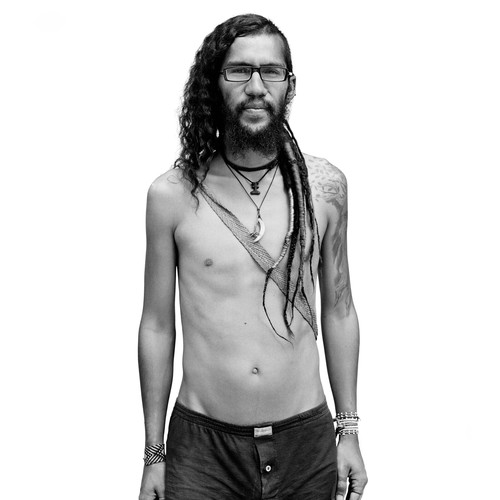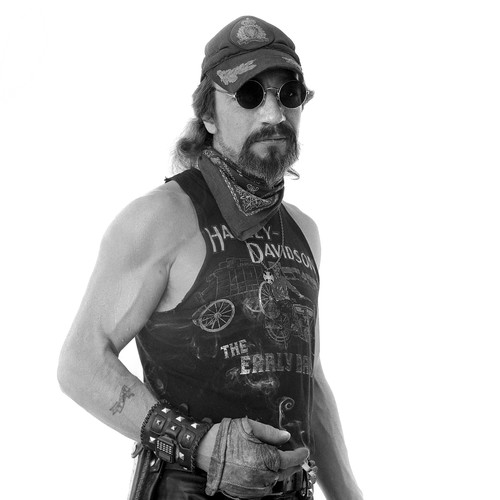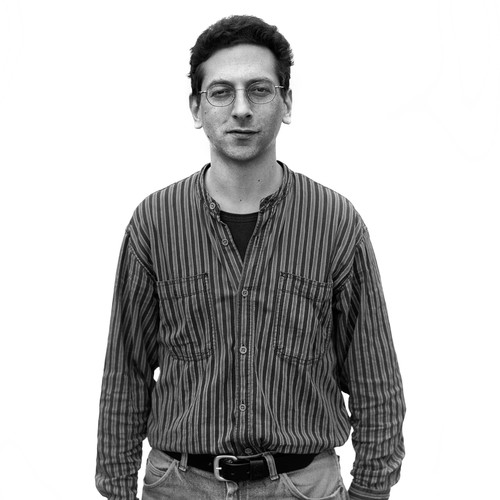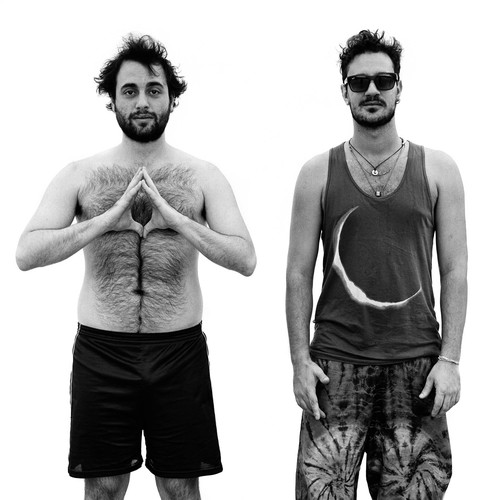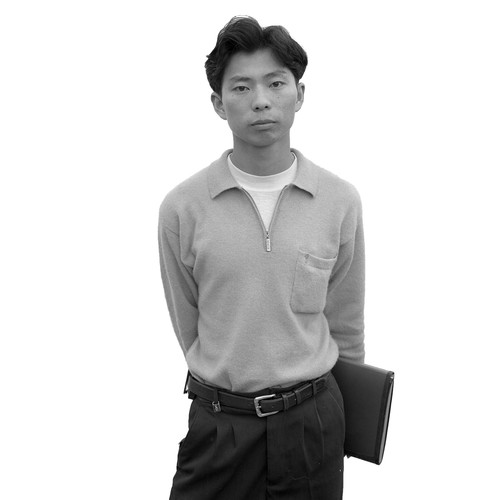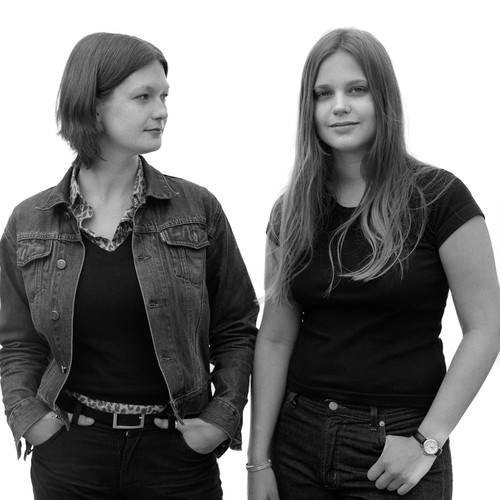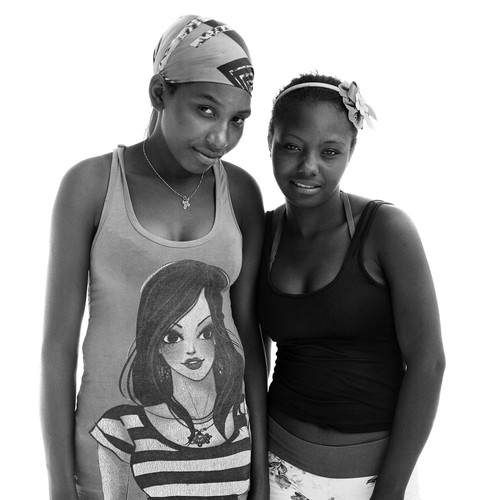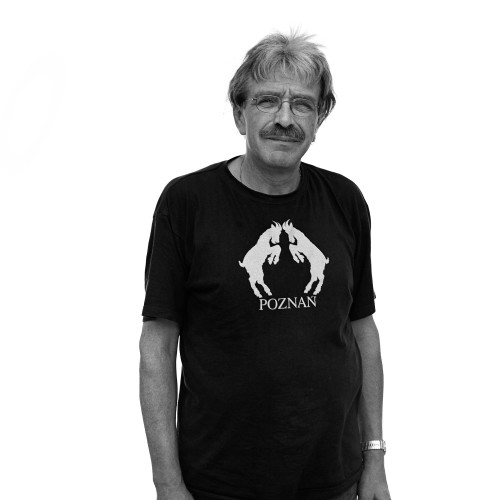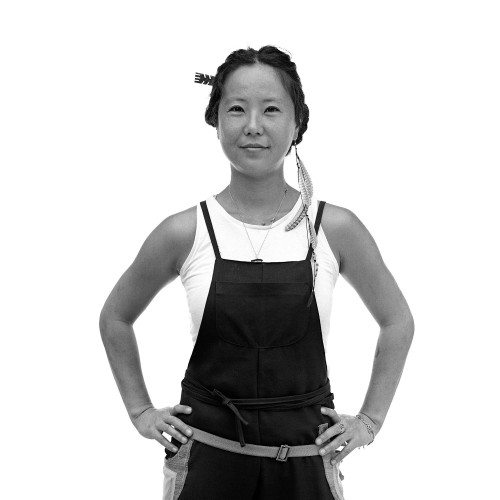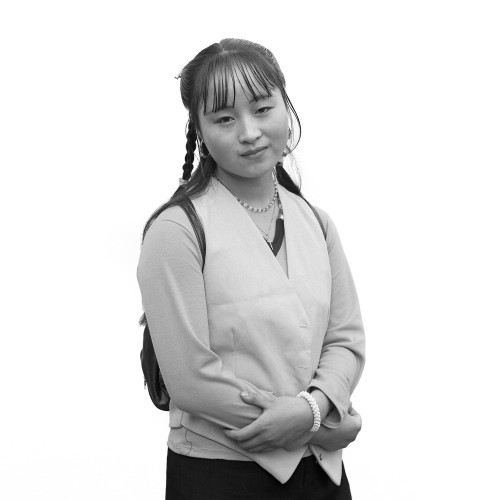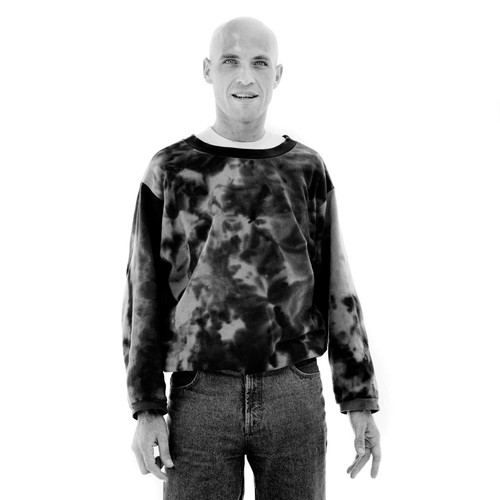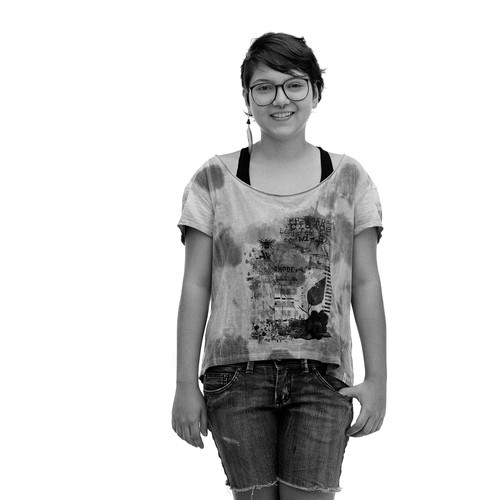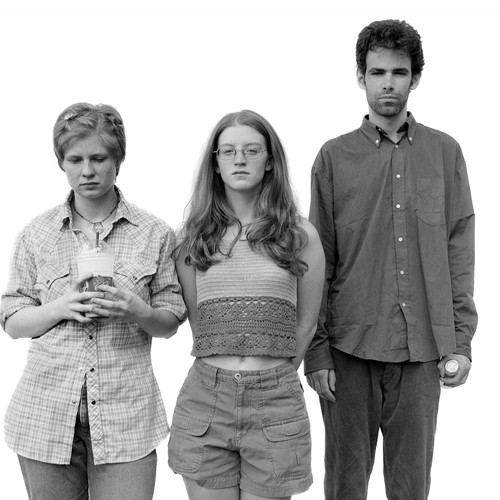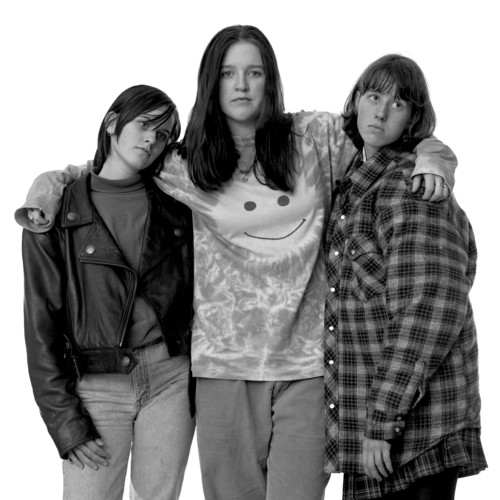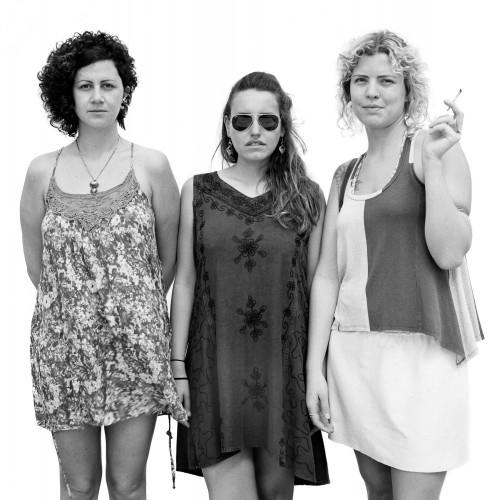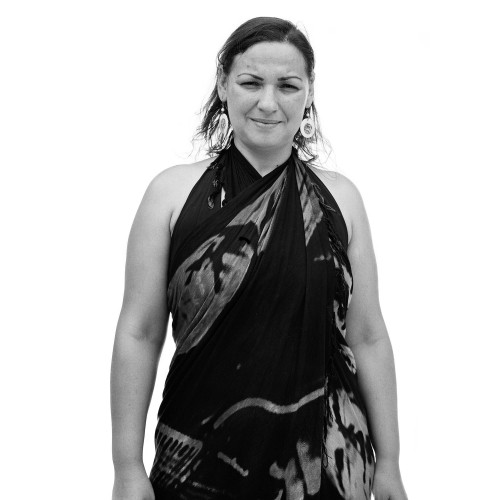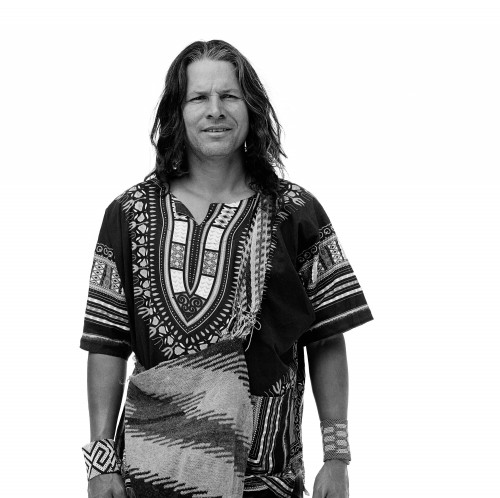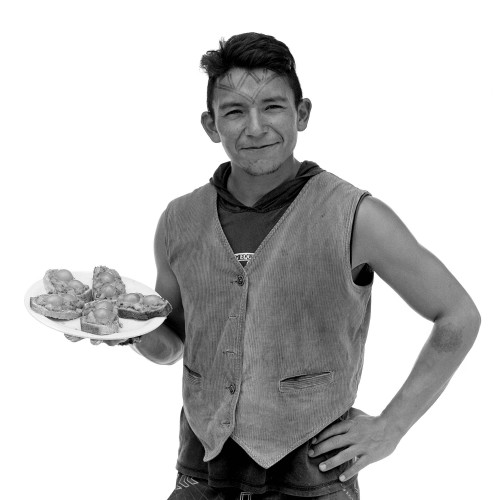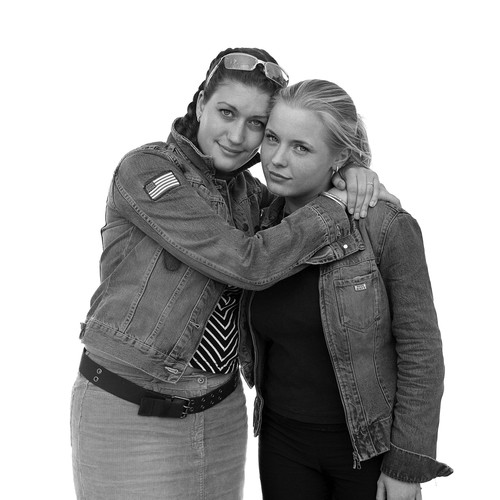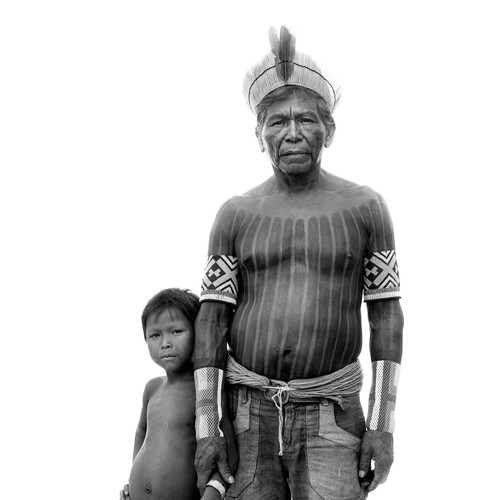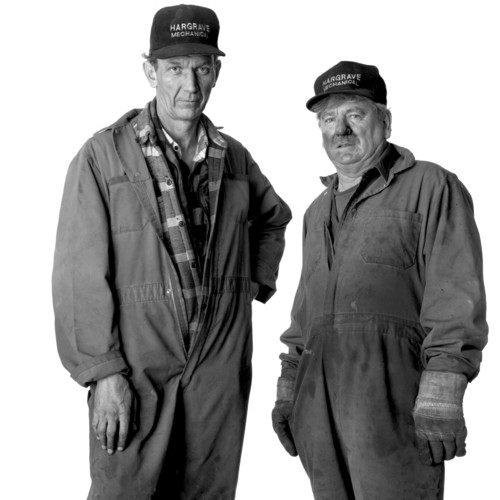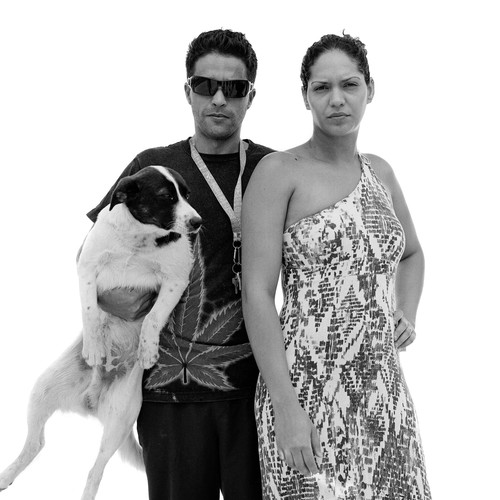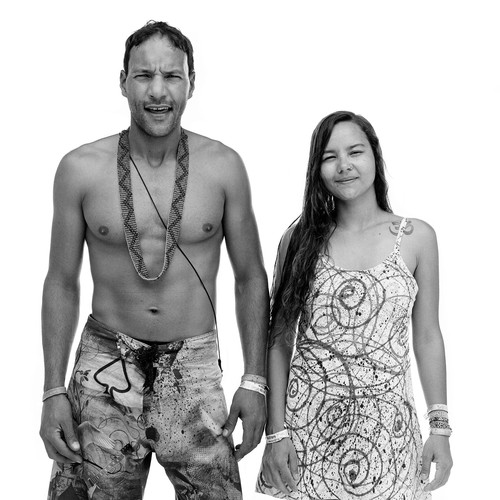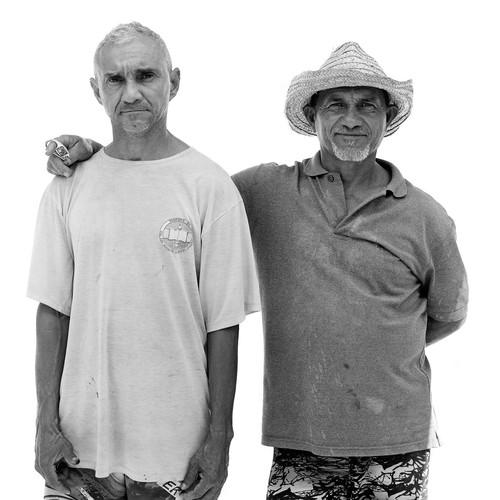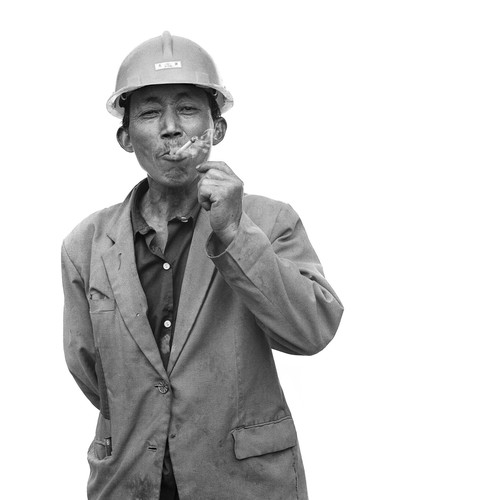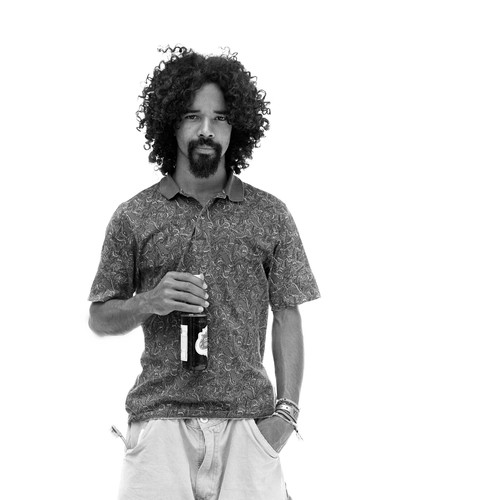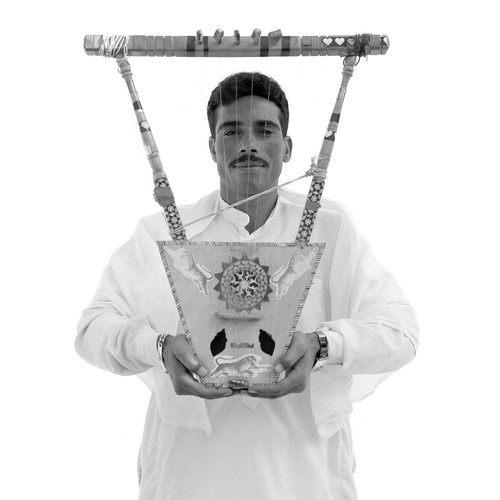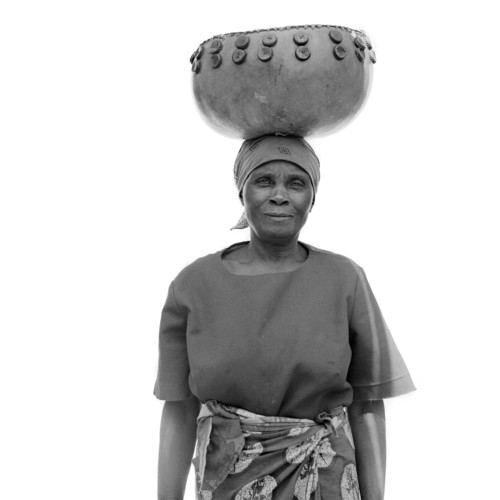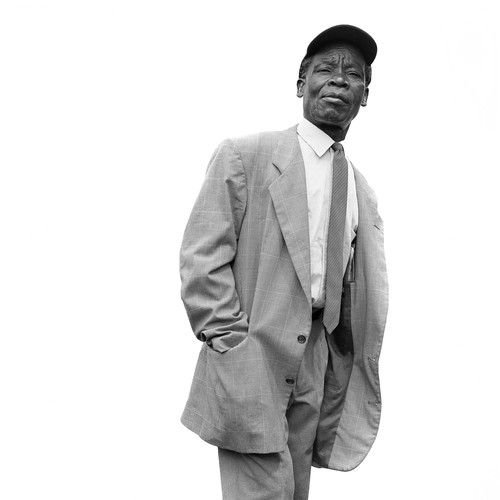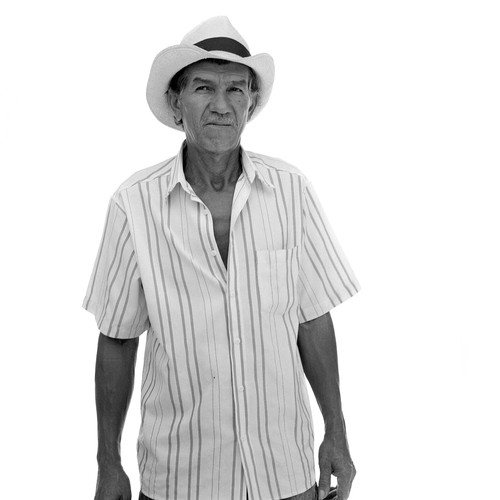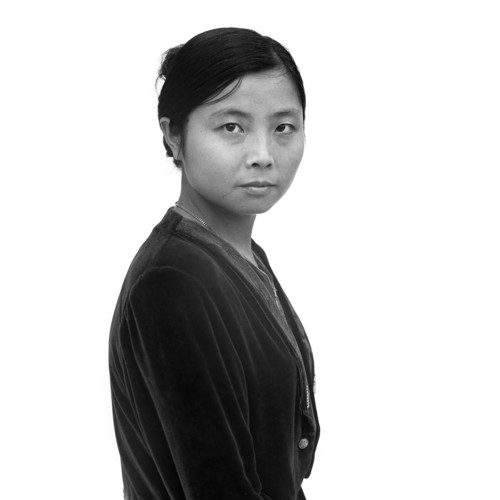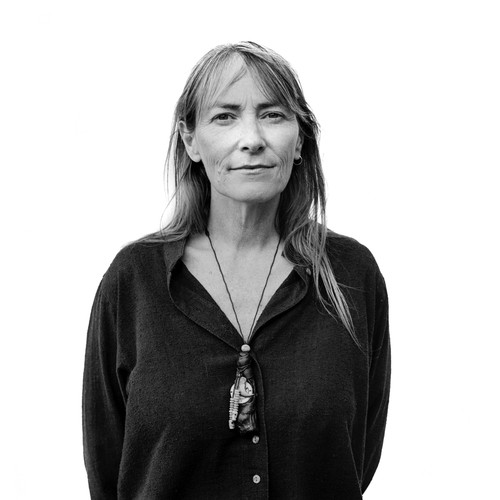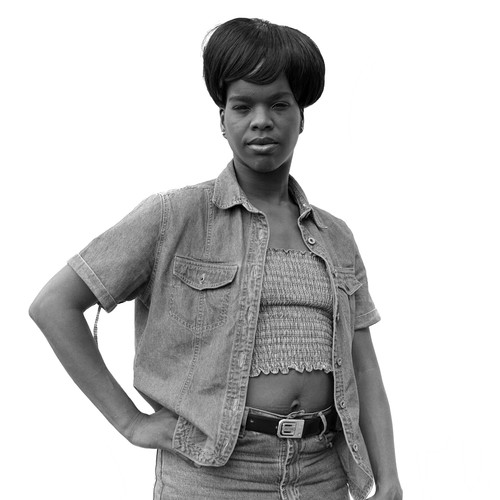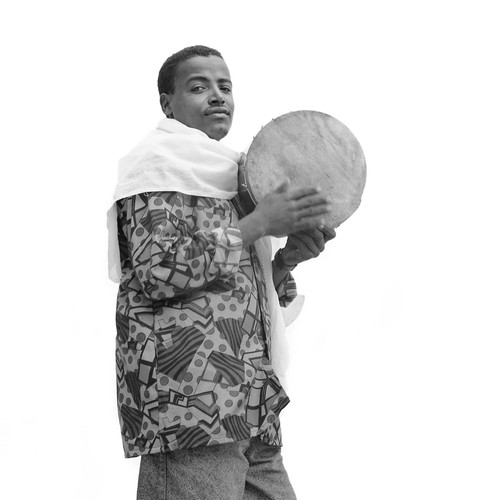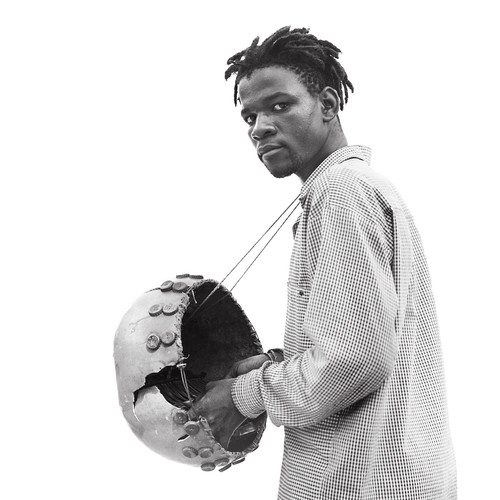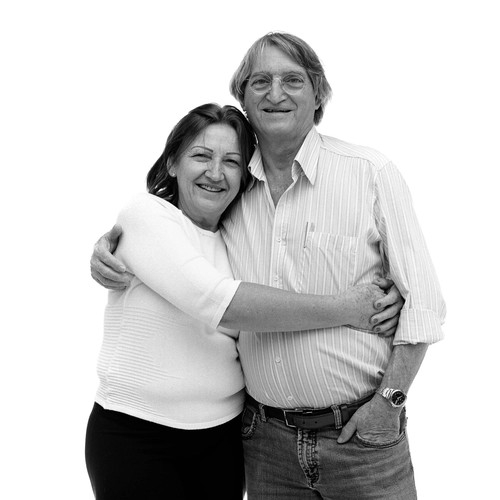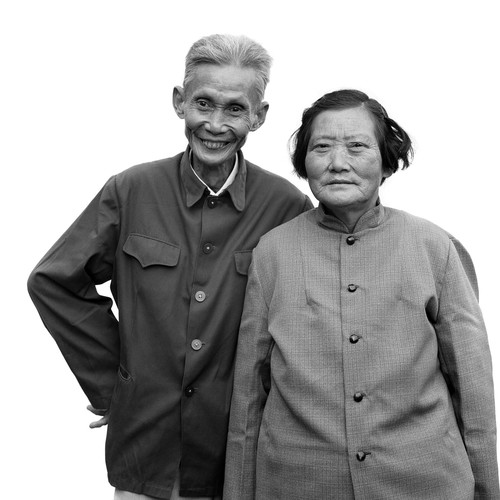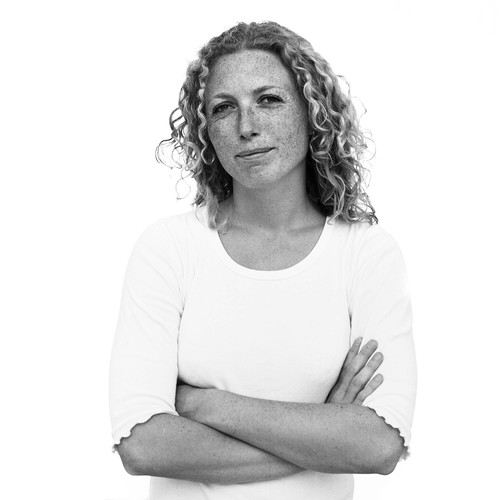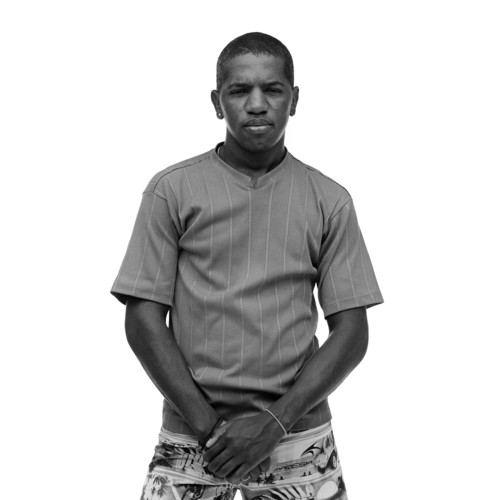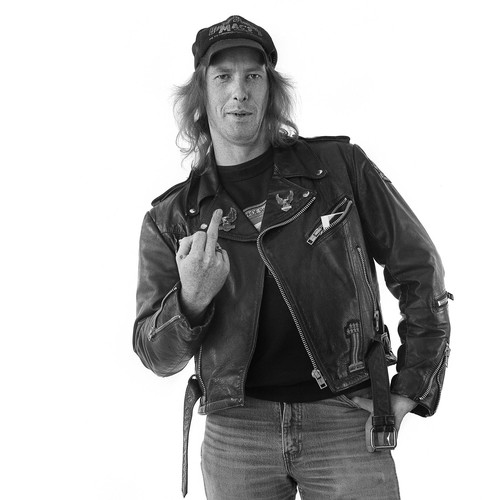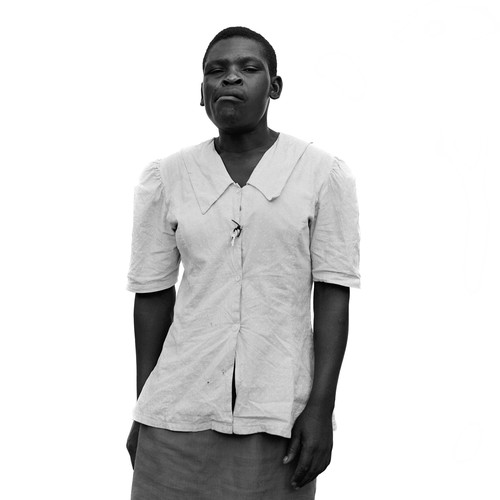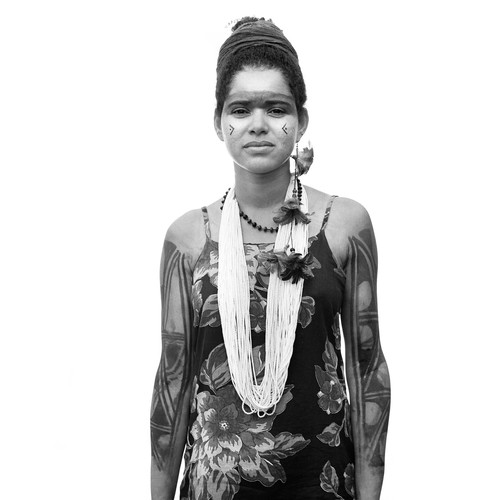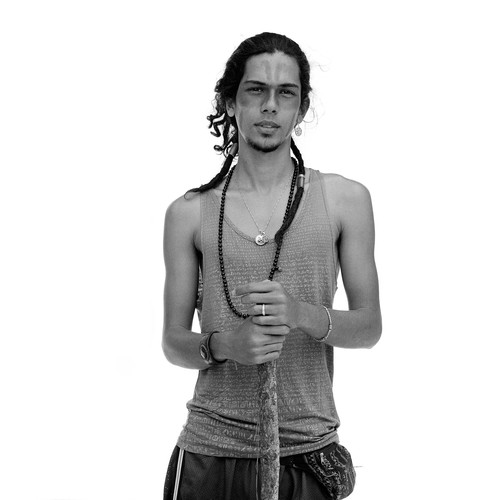The Relative Project is a fascinating, ongoing exploration of the human condition conceived by Canadian photographer Wayne Eardley.
The title itself speaks to the layers of meaning in Eardley’s artist vision. Relative means comparative, respective, comparable and parallel. Relative has meaning or significance only in relation to something else. Relative means the opposite of absolute and independent. And, of course, relatives are connected by blood or marriage. They are kith and kin.
Part of what makes this project so powerful is how it evolved. Born out of Eardley’s deep curiosity about what connects us, the genesis of the Relative Project can be traced to his early travels in 1983 – even before he studied photography at Ryerson University. Captivated by people whose lives and cultures differed dramatically from his own homogenous rural Ontario roots, Eardley set out, camera in hand, to explore new lands. The concept is deceptively simple. He travels with a white sheet and a Hasselblad. He sets up the white sheet in a marketplace, soccer field, on a mountainside or in a desert oasis and the people of that place are invited to pose for a portrait.
The white background, Eardley explains, strips away any context. His images are all about his subjects and the connection he has been able to establish with them, often in a matter of minutes. He describes the results as “the naked truth”— people being who they are completely without artifice.
While Eardley’s initial artistic impetus was to deepen his and his viewers’ understanding of different ethnic groups and their cultures, the images themselves revealed even more than he had originally conceived. One day, while reviewing negatives of two portraits, one from China the other from Egypt, on the light table in his darkroom, he aligned the two and, in a heart-stopping moment, he saw a new image appear. These were no longer portraits celebrating cultural distinctions but rather a “serendipitous dissolving of cultural identity.” In that moment the full meaning and purpose of the Relative Project revealed itself.
In a sense the Relative Project is intended to be instructive, but it is in no way didactic. Eardley gives the voice entirely to his subjects. His portraits celebrate a shared humanity and vulnerability. They compel the viewer to see the similarities we share and the universality of human emotions and aspirations. And when the portraits are juxtaposed — an Egyptian salesman next to a Canadian farmer, a Brazilian tattoo artist alongside a German hitch-hiker — the similarities are much more evident than the differences. We see connections. Strangers become brothers and sisters living thousands of miles apart. Kith and kin.
One cannot discuss this project, which began in the early ‘90s, without noting that the advent and ubiquity of digital photography has radically changed photography as an art form. Eardley’s determination to pursue his vision for the Relative Project as he began, with a white sheet, a Hasselblad camera, black and white film and the potent process of developing and printing in a darkroom, is artistically courageous.
Eardley’s goal is for the Relative Project to be published in book form. His motivation is to contribute towards building global understanding. The idea is gaining momentum as he shares his point of view with the people who willingly reveal themselves before his camera lens. As the project gains more exposure, locally and globally, support for the Relative Project is also increasing. People want to be involved both in front of the lens and behind Eardley’s vision.
To date Eardley’s “Relatives” are from Egypt, Zimbabwe, China, Brazil, Germany, Holland, the United States and Canada. Cuba and India are the next two destinations.

WHAT PEOPLE ARE SAYING ABOUT THE RELATIVE PROJECT
“When I started seeing Wayne’s images from among the 8,000 to 10,000 I review daily from our 550,000 members in 95 countries, they stood out immediately. What I love about Wayne’s images is that they tell a story. And it’s ongoing. His style is so starkly beautiful, so elegant and there is a mystery behind the different faces. His portraits remind me of Richard Avedon’s work. When you look into the eyes you can see the connection Wayne has made with his ‘subjects.’ You see their true selves. The Relative Project will inspire people because at its core it is so relatable. It’s about human-to-human interaction. It will help create a real global community. I am very happy to have contributed to the dialogue around this important photography project.”
Jeanne Modderman is a Photography Producer at National Geographic and one their Your Shot editors. Jeanne chose a selection of Wayne Eardley’s Relative Project portraits for the Long Lens feature which was published in the online Editors’ Spotlight.
“We met Wayne in 2009 when we lived in Canada for a year. We love photography and when we discovered the quality of his work, particularly the black and white portraits taken over decades, and heard about his dream to make a book we simply wanted to be involved. We decided we should support the Relative Project. After seeing the introductory video Wayne made about the project in Brazil it is even clearer to us that there is so much depth to this work of art. Our intuitive decision to help fund the Relative Project was the right one!”
Irmin and Candis Burdekat live in Germany but travel to Canada regularly. They describe themselves as amateur photographers. They are the first patrons of the Relative Project. Irmin plans to join Wayne on his upcoming Relative Project trip to Cuba in 2015.
“Every artist has to have a fairly robust ego to believe that they have something worth saying through their art. That said, Wayne brings an extraordinary humility to his work. When he talks about being honoured to photograph his subjects he means it. The people who pose for him feel the respect he has for them. I think that’s why his portraits so often capture a dignity and beauty that’s neither conventional nor rehearsed. Wayne’s decades-long commitment to the Relative Project, mostly funded by his own professional practice as a photographer, is in itself inspiring.”
Fran Fearnley, curator and owner of ZimArt’s Rice Gallery, has followed Wayne Eardley’s artistic career since 1990. She accompanied him on his Relative Project visit to Zimbabwe in 2002.
“I believe that Wayne’s photographs can unite people. When I was travelling with him in Brazil we would show people portraits from the Relative Project and they understood immediately and they wanted to participate. While Wayne was directing the photo shoot there was no need to translate because he was able to communicate without language. People trusted him. And in return he captures their essence in his photographs. Brazilians are such an interesting mix of Native, African, European and Asian backgrounds that it was a great country for Wayne to explore his concept of cultural fusion. The portraits are very powerful.”
Yvy Capponi is a globetrotting Brazilian painter and book illustrator. She met Wayne in Peterborough, Ontario. When she heard about Wayne’s Relative Project she immediately offered to be his fixer and translator for a visit to Brazil in 2014.

